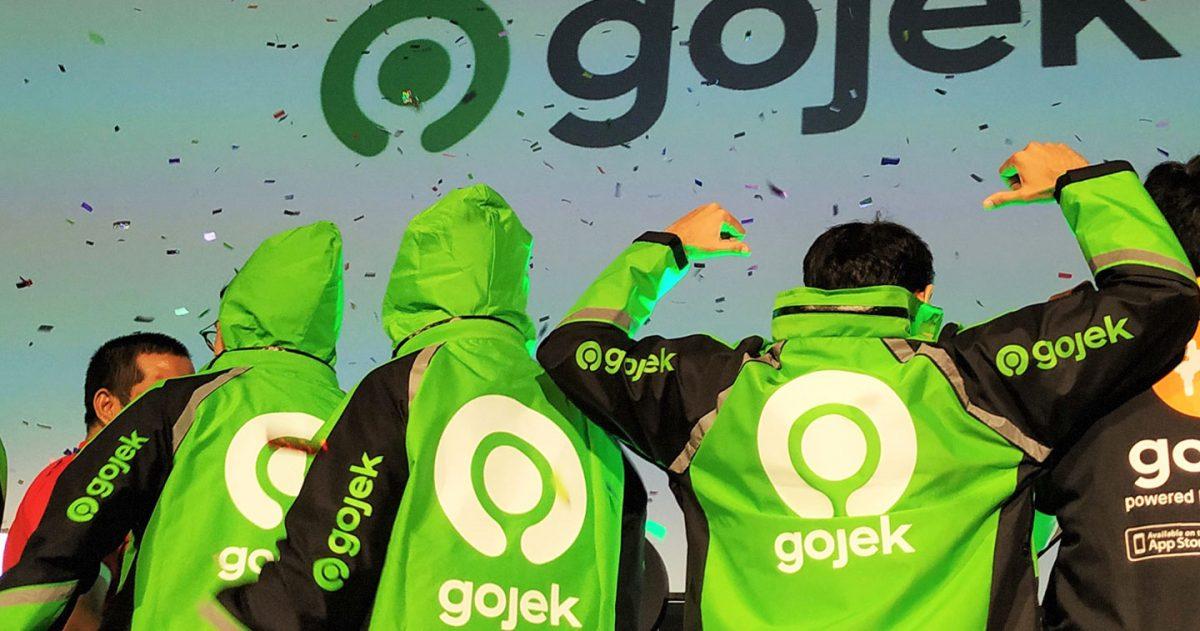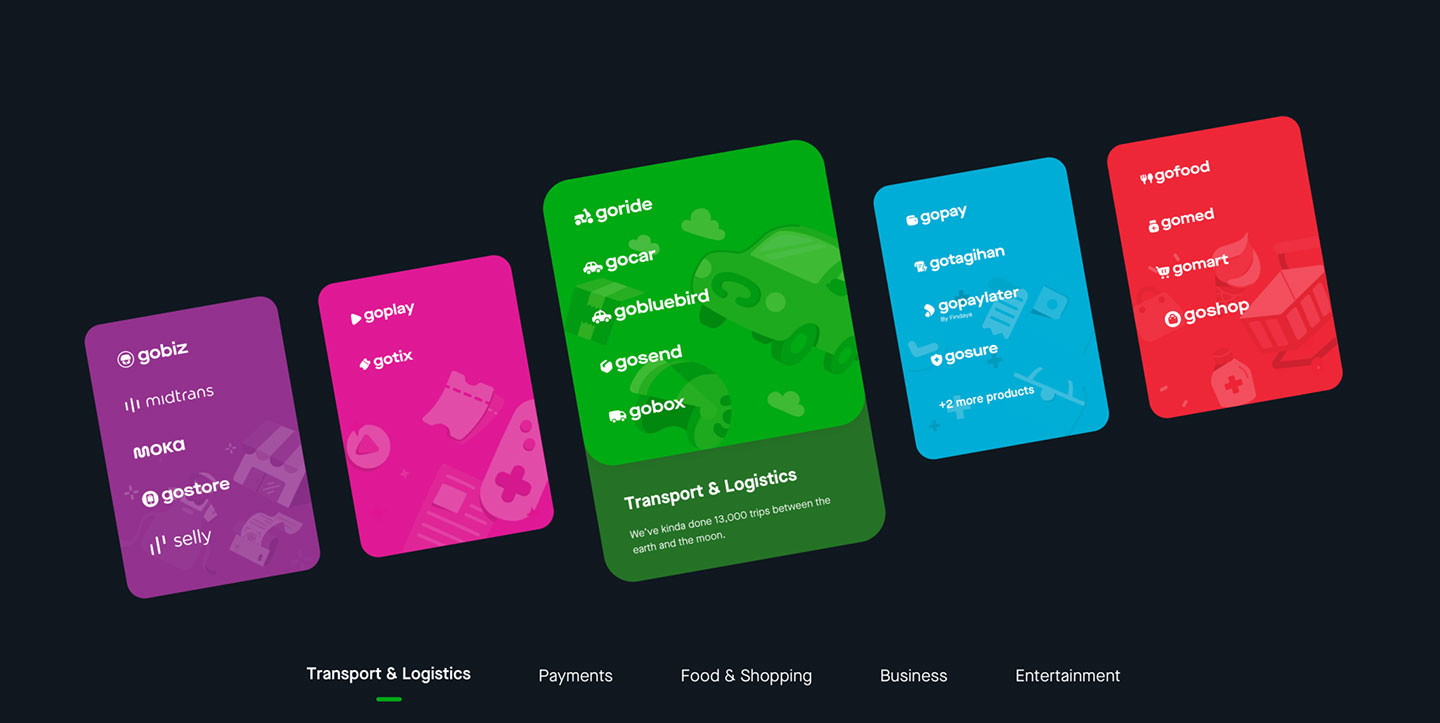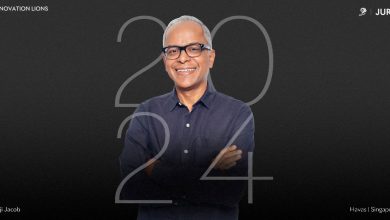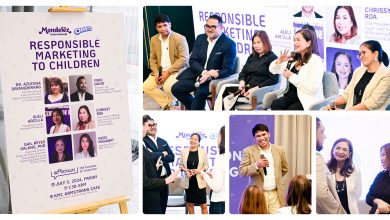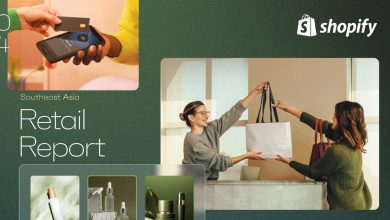MANILA, PHILIPPINES — First established in Indonesia in 2010, Gojek started with the simple mission of helping Indonesians overcome the traffic problem in their country. The company has grown exponentially since then, and to date, it has over two million drivers across four countries including Indonesia, Singapore, Vietnam, and Thailand, processing over three million orders every single day as of 2019.
In this article, Branding Nerd places a spotlight on Gojek, and how it built on the strengths and values of the parent brand even as it extended into vastly different verticals.
Read the in-depth piece here:
In our last blog on maverick brand Cotopaxi®, we studied how this brand’s laser focus on ‘doing good’ was consistently and cohesively executed across its entire brand architecture which has allowed this brand to have an increasing impact on its people and communities that it has partnered with over the past eight years since its launch in 2013.

Time and again, we have seen how a brand with a singular and narrow focus is able to stand out vis-a-vis its competitors and establish a clear ‘brand positioning’ even in the midst of a highly crowded and competitive market segment.
In the case of Cotopaxi®, we also saw how their clear brand positioning has enabled them to become a growing force for good through its various processes in their product design, supply chain management, and marketing.
In our blog on Danish brand LEGO®, we talked about ‘product strategy’ and learned how this brand through the past sixty years pursued a product strategy that was single-mindedly built on its patented technology of interlocking tubes. And together with the inspiration of its name itself, which means ‘play well’, the brand introduced product innovation upon product innovation, even including LEGO® blocks with embedded microchips.
In this blog, we will focus on a brand that was created also to do its own version of ‘doing good’ as well as explore the concept of ‘brand extension’ which this brand has successfully executed across twenty product categories over the past eleven years.
I am referring to super-app Gojek® of Indonesia.
But before we discuss Gojek®, let’s first learn what ‘brand extension’ means.
By definition, ‘brand extension’ is a marketing strategy in which a company that is marketing a product with a well-developed brand positioning leverages on the same in a different product category or categories. Launching a new product is not only time-consuming but also requires a significant amount of resources to study the market, develop the product, generate awareness, and promote a product’s benefits. Brand extension is a product development strategy that can reduce financial risk by using the parent brand name, or a variation of it, to enhance consumers’ perception due to the core brand equity. It is estimated that more than 80% of brands use some form of brand extension today. While brand extension has some very compelling benefits, it also has its attendant risks. In fact, according to Harvard Business School, only 50% of brand extensions are successful.

One well-known global brand which has successfully implemented this marketing strategy is Apple®. Although Apple® was launched by Steve Jobs and Steve Wozniak in 1976 as a company that makes only computers (Macs), it successfully extended its product line to include portable music players (iPods), mobile devices (iPhones), and accessories (Apple Watch and Earpods). Even though all these new products are different, the extension works because Apple® did not depart too far from its parent product positioning of ‘Think Different’. Instead, it leveraged the strength of its brand to position its brand extensions successfully in their respective market segments.
HubSpot provides a good summary of the five types of brand extensions, as follows:
- Line Extension. A line extension is when a parent brand launches a new product line in a category already familiar with its customers. With a line extension, brands don’t have to create new categories. Examples would include new scents of shampoo, or new flavors of drinks.
- Complementary Product Extension. Another way an established brand can extend itself is by creating complementary products for its main products. Examples would include sports apparel or equipment as extensions for the parent brand of sports shoes.
- Customer Base Extension. A company can create a branding extension for itself by launching different product categories for a single demographic. Examples would be other baby product extensions for a baby brand which could have started with, say, baby powder.
- Company Authority Extension. Companies with high levels of authority in their sector can leverage this authority to create new products. For example, Samsung does not only have mobile phones, but also appliances, real estate, and even credit cards. Locals refer to South Korea as the ‘Republic of Samsung‘!
- Brand Lifestyle Extension. Energy company Tesla sold out its tequila within a few hours primarily due to the personality and lifestyle of its CEO, Elon Musk.

In the case of Gojek®, from its parent brand as a ride-hailing app, it has successfully executed a brand extension strategy into twenty product categories over the past eleven years.
I would say that Gojek® is part of the fourth type of brand extension outlined above. It has leveraged its immensely successful ride-hailing brand and extended its company authority to a host of other verticals including transport and logistics, payments, food and shopping, entertainment, and business. I won’t be surprised if one of these days, Indonesians would one day start calling their country the ‘Republic of Gojek’!

Launched in 2010, Gojek® started with the simple mission of helping Indonesians overcome the traffic problem in their country, which has one of the worst traffic jams, not only in South East Asia region, but in the world. In 2015, according to Time, “Jakarta is the worst city in the world for traffic jams, according to new index created by motor oil company Castrol. Drivers in the Indonesian capital are stopping and starting their cars 33,240 times per year on the road, a Castrol study found.” The average Jakartan spends 10 years of their life in traffic, wrote novelist Seno Gumira Ajidarma. According to the government, the traffic ordeal in the capital city of Jakarta costs the city’s residents US$5 billion per year. The gridlock is so severe that motorcycle taxis, locally called ‘ojeks’, now far outnumber automobile taxis, which tend to get stuck in traffic.
Living in Manila, I previously thought our traffic was bad enough. But when I visited Jakarta during a business trip around 16 years ago, I soon realized that our Manila traffic was not the worst in the region!

It was the first time I experienced having to ‘hire’ one of those strangers called ‘jockeys’ who were waiting along the side of streets to ride with me in a taxi in order for us to be allowed in some main avenues in Jakarta! It was a unique but somewhat unnerving experience. This practice has now been banned in Indonesia.
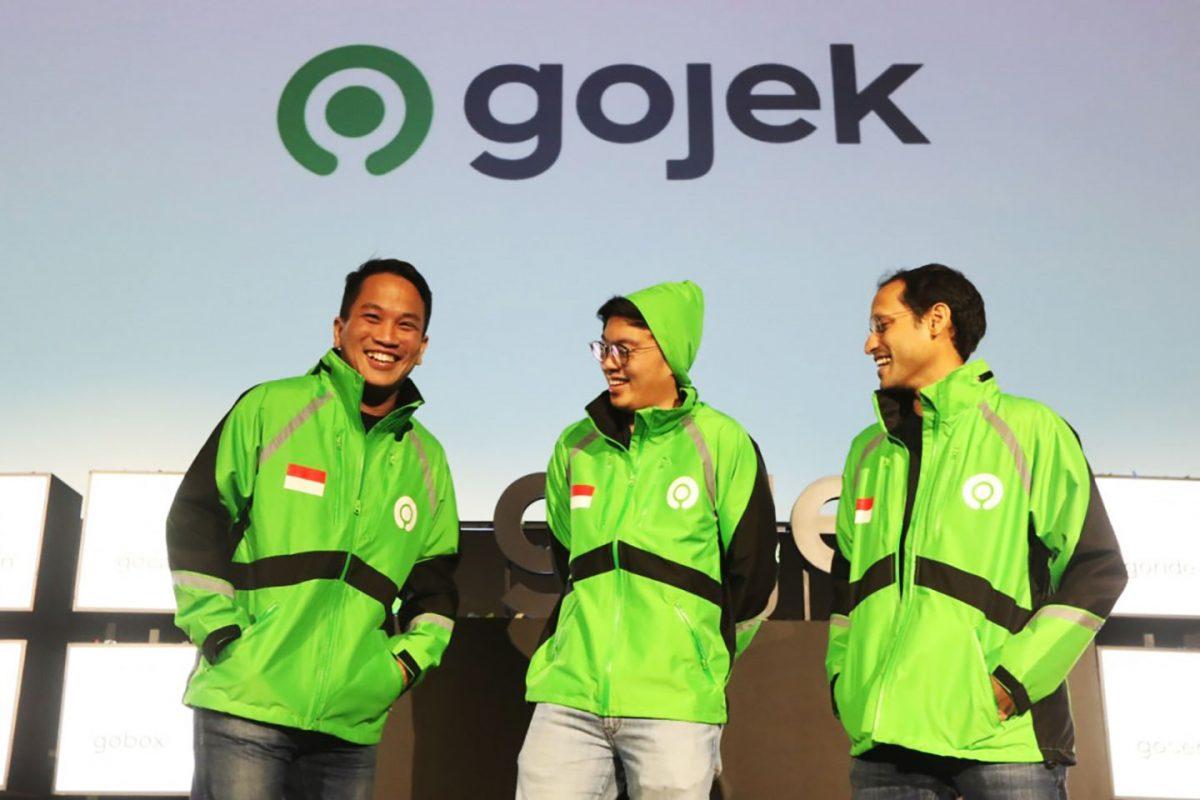
This is precisely the ‘friction’ that Gojek® was trying solve when it was founded back in 2010 by its young founders Nadiem Makarin, Kevin Aluwi and Michaelangelo Moran.
“From the land of Jakarta – 20 motorcycle taxis, 1 call centre, and a mission to remove friction from people’s lives. Gojek (then GO-JEK) begins to paint the town green.”
— Gojek Website

Starting with a modest fleet of just twenty motorcycles in 2010, today, Gojek® now has over two million drivers across four countries including Indonesia, Singapore, Vietnam and Thailand, processing over three million orders every single day as of 2019! Indonesian consumers have by now downloaded Gojek®’s app 190 million times as of the end of 2020.
When Gojek® launched in 2010, all it had was a call center and twenty drivers listed on an Excel spreadsheet. Customers would call, the operator would scan the spreadsheet and try to find a suitable driver for the pick-up.
Despite its lack of technological sophistication during its early days, Gojek® made going around Jakarta much faster. The fact that it solved a real ‘daily friction’ was the key to its success. And even though it has expanded, the company is still laser-focused on ‘making things easier for its users’.
It has extended its narrow focus of ‘removing friction from people’s lives’ in multiple other verticals including food delivery (GoFood), payments (GoPay), medicine delivery (GoMed), massage on demand (GoMassage), and many more.

With its foray into multiple verticals, Gojek® has positioned itself way beyond its original space of providing just a ride-hailing solution to address the traffic nightmare of Indonesia.
“With 2 million+ driver partners, we’ve kinda done 13,000 trips between the earth and the moon.”
— Gojek Website
Today, some of Gojek®’s metrics clearly show how far it has come from its humble beginnings with just twenty drivers, one call centre and an excel spreadsheet, including:
- 190 million app downloads
- 100 million transactions per month

Gojek has successfully penetrated five large vertical with its wide range of 20 product offerings. - 35 million monthly active users (MAUs) across four countries including Indonesia, Vietnam, Thailand, and Singapore
- 2 million drivers
- US$2billion food deliveries per annum
- 420,000 GoPay merchants
- 30 million trips to date in tiny city state Singapore
- 35,000 restaurants using its Moka app
This brilliant brand’s original position of ‘removing friction from people’s lives’ was kept consistent throughout its brand extension strategies which has paid massive dividends for the company.
Earlier this 2021, Gojek® announced its merger with e-commerce giant company Tokopedia® to form the GoTo Group, the largest technology company in this island nation of 270 million people. The combined target IPO valuation of the merged company is now estimated in the region of US$35 to US$40billion according to Bloomberg.
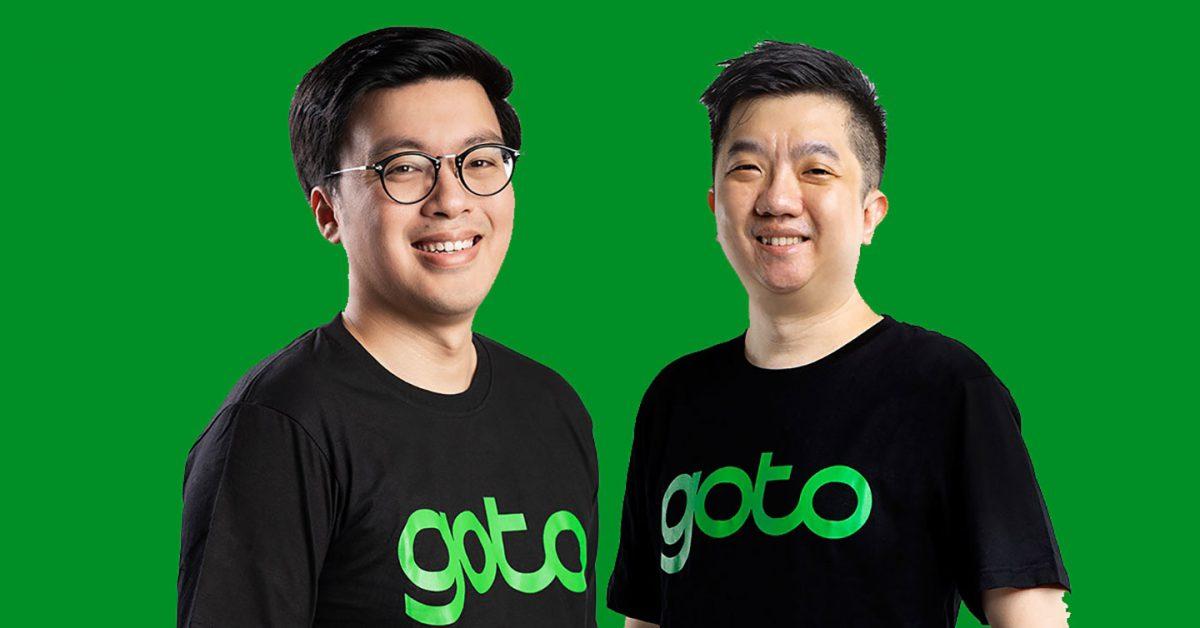

The combined entity is “a globally unique and highly complementary ecosystem,” the two firms said as they look to better compete with heavily funded super app Grab and e-commerce platform Shopee. GoTo executives claimed that the combined entity features:
- Total Group Gross Transaction Value (GTV) of over $22 billion in 2020
- Over 1.8 billion transactions in 2020
- Total registered driver fleet of over two million as of December 2020
- Over 11 million merchant partners as of December 2020
- Over 100 million monthly active users (MAU)
- An ecosystem that encompasses 2% of Indonesia’s GDP
This brilliant brand teaches us some key lessons in brand extension:
- It all starts with a clear and narrowly focused brand positioning. I always tell my students in my branding webinars, ‘narrow focus’ does not mean ‘small’. Apple’s narrow focus of ‘Think Different’ has certainly helped establish it to become the first-ever trillion dollar company back in 2019.
- A brand that is positioned to help solve real daily life problems of people have immense potential for growth and has the opportunity to extend into many verticals.
- Brand extension works very well if the products build on the strengths and values of the parent brand even as it extends into vastly different verticals (i.e. ride-hailing versus entertainment, etc.).
Related articles:
- https://adobomagazine.com/product/adobo-talks-x-branding-nerd-the-brand-architect/
- https://adobomagazine.com/insight/insight-kopiko-a-brand-that-grabbed-market-leadership-through-market-segmentation/
- https://adobomagazine.com/insight/insight-zoom-a-brand-that-zoomed-past-its-competitors-through-its-pricing-strategy/

